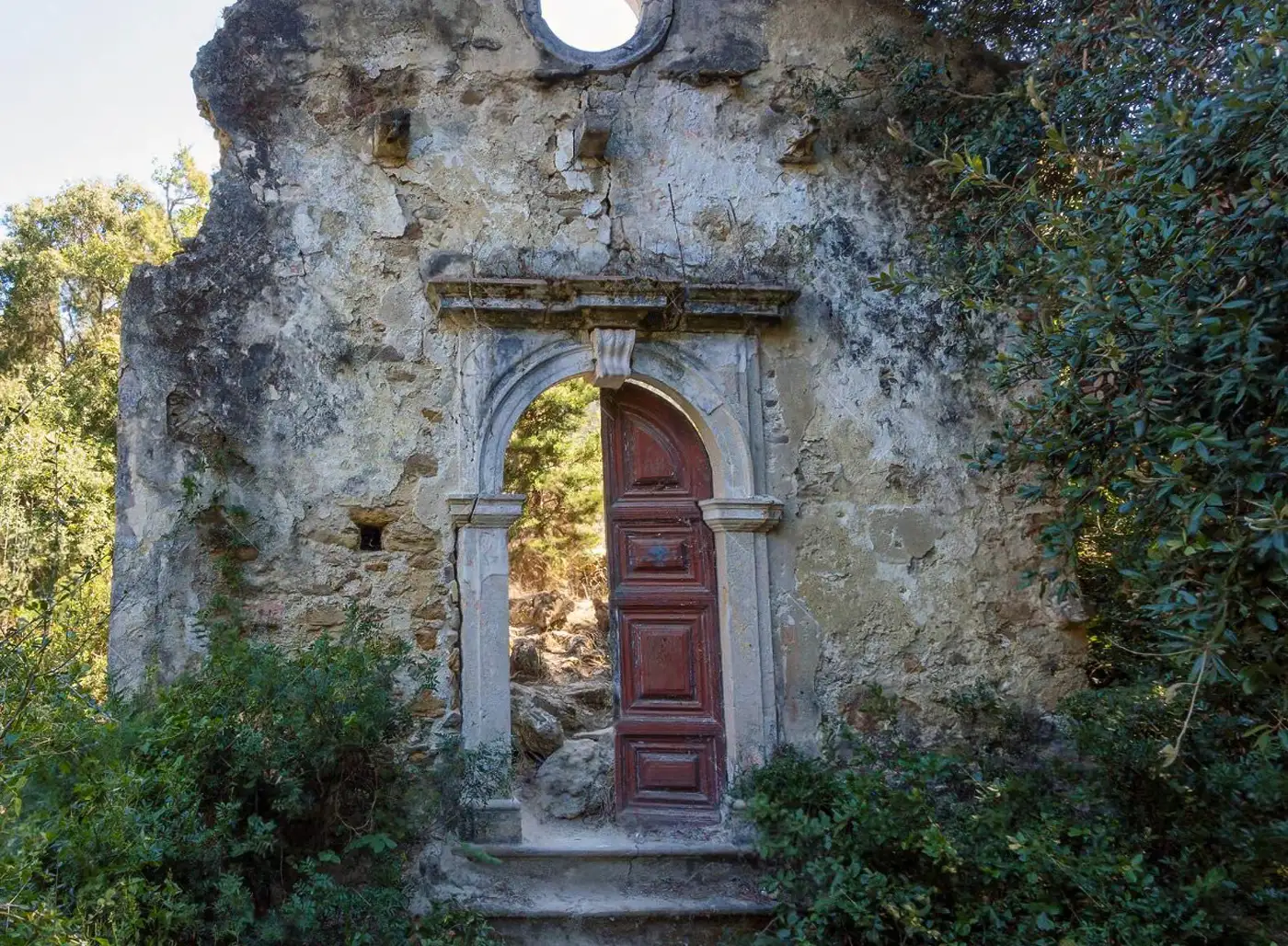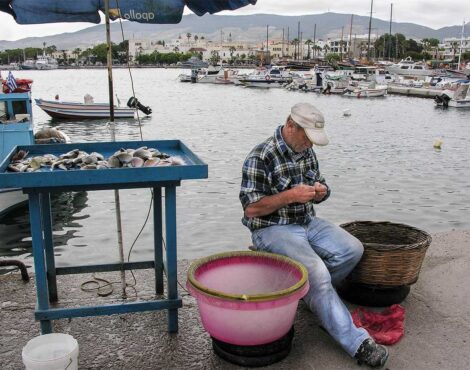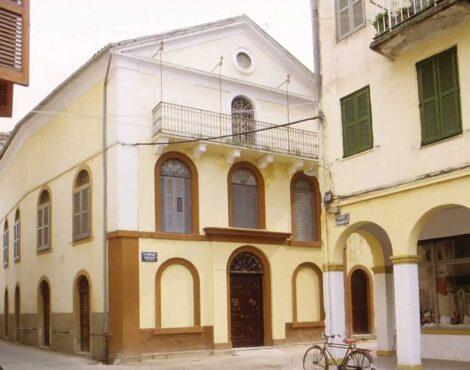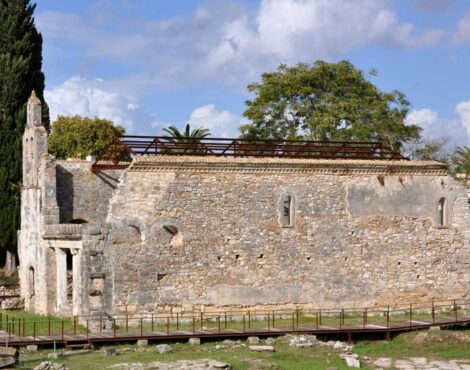The southern part of Corfu is, in all likelihood, one of the least explored regions of the island by visitors. Beyond its impressive beaches and the well-known traditional towns, anyone interested in uncovering the history and the deeper layers of the land has the opportunity to take a short journey back in time by discovering the ruins of several villages that today exist only as memories. These abandoned settlements stand as silent witnesses of Corfu’s lesser-known past, offering fragments of stories now forgotten.
One of these villages is called Zygono. Today, it is known to the locals of Agios Matthaios as Zgonos. This settlement was located just one or two kilometers from the modern village of Agios Matthaios. Its history appears to begin before the 14th century, while the first official reference to it appears in notarial records in 1473. In the 16th century, as we learn from the work of historian Ch. Kollas, residents of the village bore surnames such as Agiomavritis, Zygoniatis, Nikiforos, and Romaios. It seems that there were at least two churches in the area, one dedicated to the Holy Mother of God and another to Saint Anastasia. Several place names associated with the village have been recorded, such as “ta Chalasmatá,” “Daphne,” and “Gypsia.”
Although Zygono suffered during the Ottoman siege of 1537, it was not completely abandoned at that time. According to the Venetian census of 1766, the village had just 35 inhabitants, a small number compared to other settlements of the period. It is certain that the village was abandoned after the mid-18th century, though whether this happened abruptly or gradually remains unknown. Today, Zygono is a forsaken place, with only a few remnants visible among the thick vegetation. What was once the main square of the village still preserves two well-maintained churches: one of All Saints and one of the Holy Mother, which may be the same one referenced back in the 16th century.
A few kilometers further south lies another abandoned village, whose former residents have left behind a unique reputation that has endured through time. Prinilas was once a significant center in southern Corfu for several centuries, from its founding until its eventual decline. The first references to the village date back to the 14th century, and the village quickly gained notoriety due to the skilled professions of its inhabitants, who were known as craftsmen, blacksmiths, and builders. According to local legend, the people of Prinilas played an important role in the construction of the Gardiki Castle, a structure that they themselves are said to have used as a refuge during times of invasion or attack.
The name Prinilas is believed to derive from the local tree called prinos (holm oak), whose wood was used by villagers to make baskets and other traditional products. Over time, the village was gradually abandoned, mainly due to its proximity to the Korission Lake. In past centuries, this lake was a source of recurring outbreaks of infectious diseases, especially malaria. In fact, several of these disease outbreaks were responsible for wiping out entire villages, including nearby settlements such as Marathias and Roumanades. The residents of Prinilas likely chose to move to higher ground and are believed to have established the mountain village of Chlomos, just a few kilometers away.
Roumanades, mentioned above, was another village that saw significant development during the medieval period. It was located near what is now the village of Agios Nikolaos (Kolokythi area). Due to its closeness to the sea, the village grew thanks to its active fishing community. However, in 1570, a severe malaria outbreak struck the village, resulting in many deaths. Following this tragic event, the village gradually began to empty out and was eventually abandoned completely.
The villages mentioned above are by no means the only ones to have disappeared over the long course of Corfu’s history. Many others once existed and are now completely forgotten. However, there are also settlements today that are on the brink of vanishing. A striking example is the village of Korakades, located on a hilltop along the eastern coast of southern Corfu. The village is believed to have been founded centuries ago, when a group of pirates settled there, abandoning their old way of life in favor of a peaceful existence. Over time, Korakades flourished, eventually reaching a population of around 500 people.
However, decline eventually came. The downfall of Korakades culminated in a series of landslides that took place during the 1970s, forcing most of the remaining inhabitants to relocate to the nearby village of Petriti. Today, only a few elderly residents remain in Korakades, holding on to their homes and memories in a village that teeters on the edge of complete desertion.
Villages like Korakades and many others not widely known, are in danger of vanishing completely from the map. This gradual disappearance represents not just the loss of buildings, but the loss of cultural heritage, of oral traditions, of identity. It is a particularly saddening reality, especially when one considers that every place, no matter how small, carries its own customs, character, and historical depth that deserve to be preserved and remembered.





